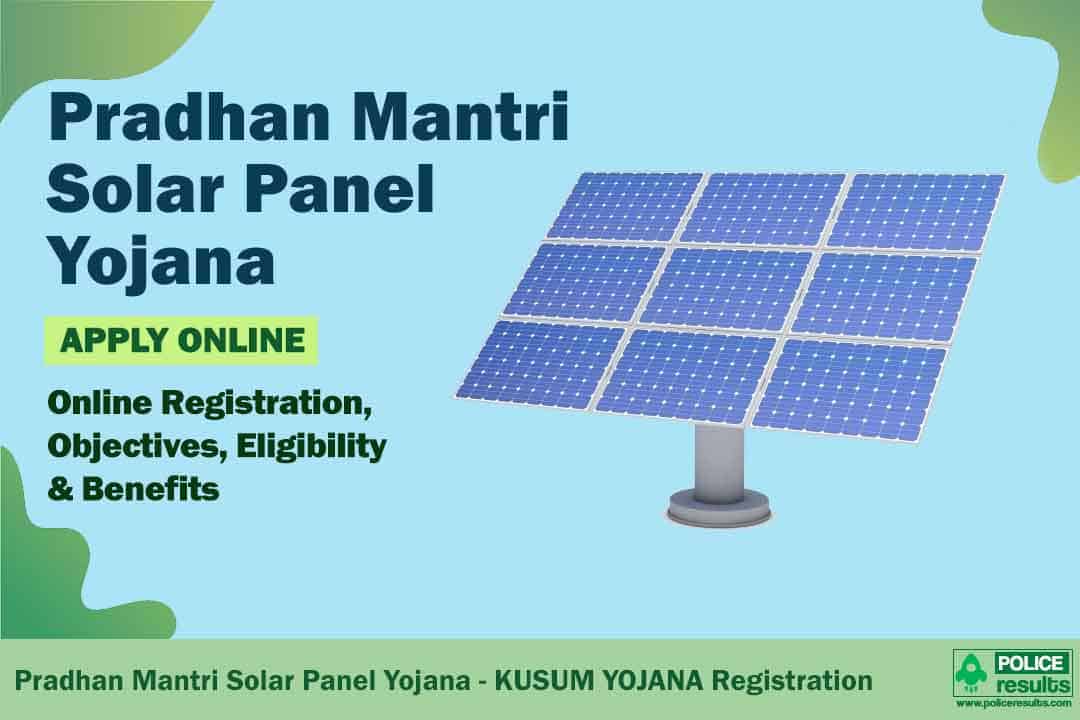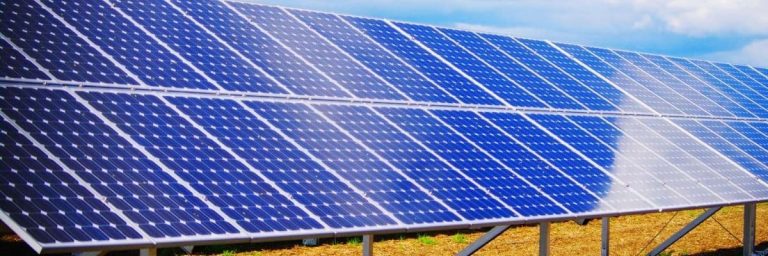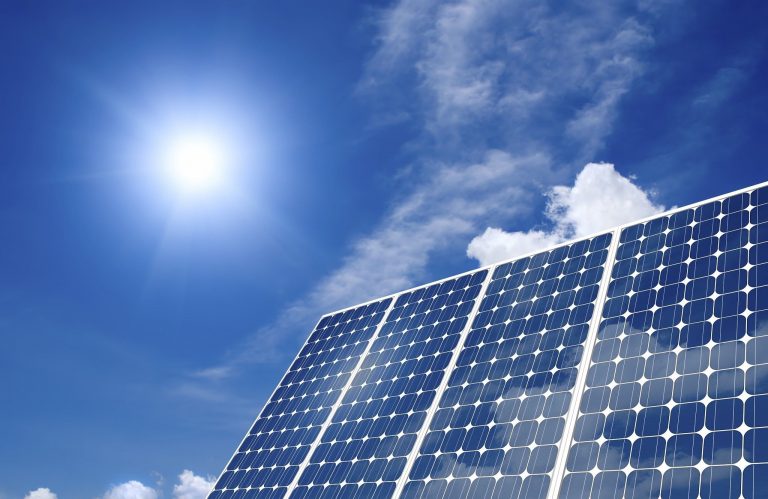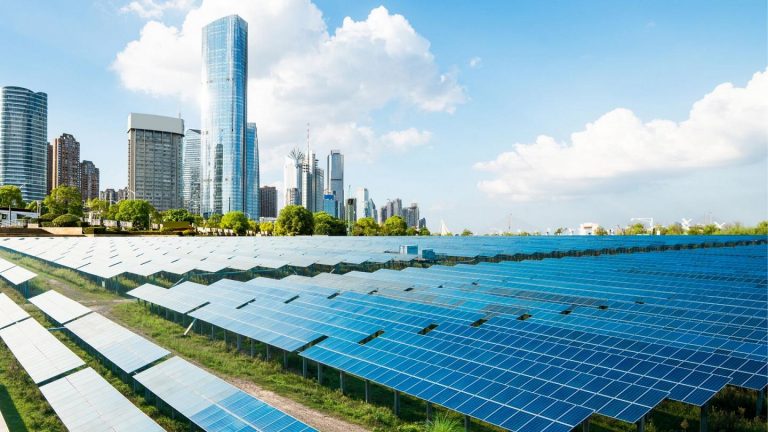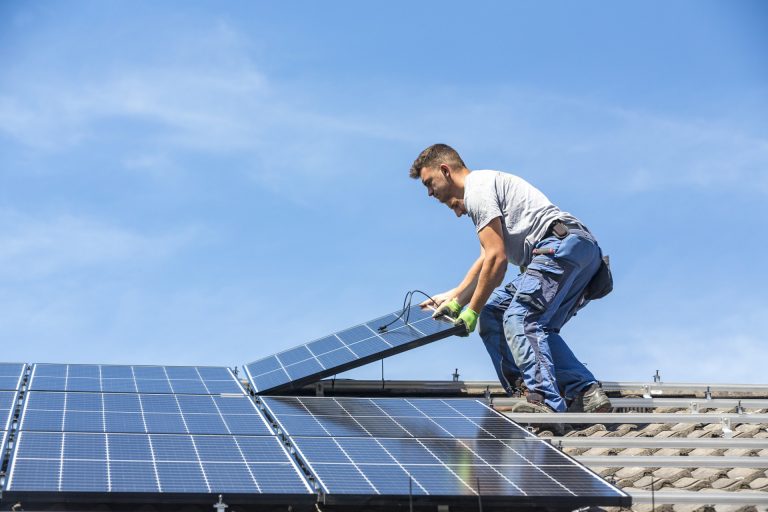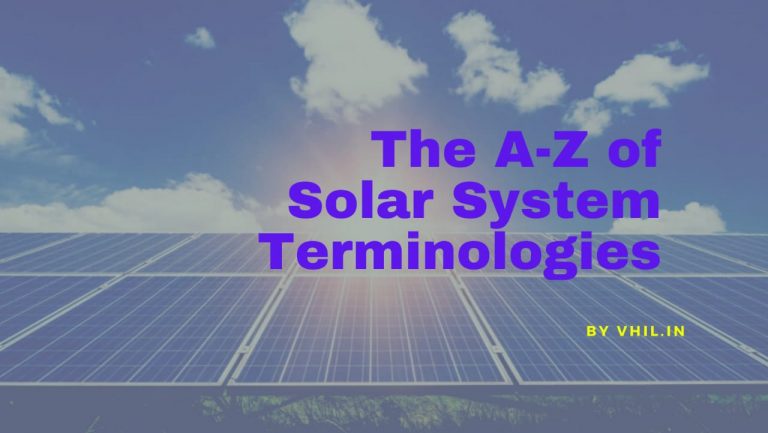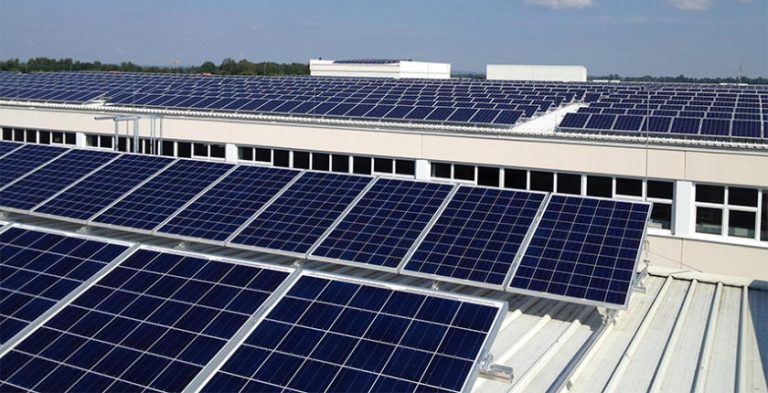Solar subsidy in India 2021
India’s solar ecosystem is growing as the government pledges to produce 100 GW of perpetual solar energy by the end of 2022. A good share of the energy will comprise roof-top panels.
But for a country like ours, economics rules the norm. We’ll probably look into the incentives/rebates before getting a product or service. So here’s talking of the Solar Subsidy in India, the slots and everything else to get your system ready and running. It is a domestic-specific solar subsidy.
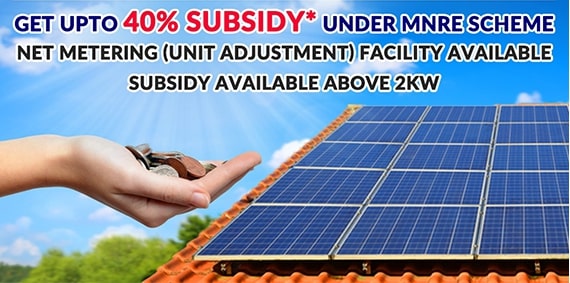
Why Solar Subsidy?
With the Indian economy taking colossal strides and rising living standards, the net consumption of electricity will increase manifold times.
The government is treaty-bound to several international conventions. It is striving to help reduce the content of carbon-rich fuels in energy consumption. It is why the masses are being encouraged to incorporate solar power into their households in large numbers.
To do this, what better than subsidizing the costs of procurement and setting up the panels? There has since been a series of tax cuts and government assurances for helping people make the most of clean energy.
The Benefits of Solar Subsidy
There are multiple parties involved in setting up a solar connection. It is more than just signing in a customer at any merchant place. So, here’s discussing the impacts of solar subsidies for all parties involved in the ecosystem.
The Consumers
They’re the best-suited lot for making the most of the government-empowered solar subsidy. To encourage households to add a solar grid to their homes, the central and state governments have subsidized solar panels and other PV equipment for domestic usage, in particular.
Much of the tax rebates and government benefits aren’t available for commercial/industrial purposes.
The central government scheme empowers households for a subsidy only on Grid-tied systems. They’re by far the most common system in the country. Here’s the necessary detail of the slabs:
3kW — 40℅ solar subsidy on the purchase of the panels
4kW-10kW — 20% solar subsidy on the purchase
The majority of the Indian households would fall into these two power-consuming categories. There are no rebates for over 10 kW.
The procedure to claim the solar subsidy
The households need to register their details on their DISCOM partners and install the system. One big disappointment of using this subsidy is you only get to choose from a select few make of the panels.
The government has partnered with some manufacturers to make them cheaply available for the commoners, and you can only choose from among them.
And you can only claim a performance warranty of 5 years. To put this in perspective, most panels have a lifespan of 25+ years.
Here’s a chart making things easy to comprehend
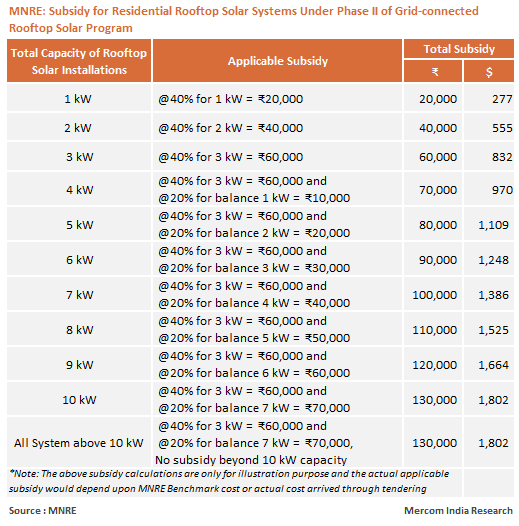
Benefits for the Channel Partner and state DISCOM
The Channel Partners, through their tie-up with the government-subsidized scheme, can earn a massive consumer base. There cannot be a better promoter to your stuff than the government schemes backing it up. So, it’s a win-win for the partners.
The DISCOM now has just taken some load off their networks. With people choosing to go solar, the DISCOMS can sell their power to commercial/industrial businesses. It ensures the availability of continuous power supply to the biggest consumers of the production — and is a happy situation for all the parties at the end of the day.
The Centre-State share in the Solar Subsidy
Both the central and state governments partake in the subsidy scheme. The Centre bears 30% of the subsidy in most states, except for a select few. The bio-sensitive states and UTs like Sikkim, Uttarakhand, Himachal Pradesh, J&K, Lakshadweep, A&N Islands have the Centre paying as much as 90% of the subsidies. It is to have a larger share of people go solar — given how vital clean energy would be to their bio-spheres.
The Thresholds for the Solar Subsidy
There are certain minimum thresholds to be met for the consumers to be eligible to claim subsidies. It has to do with the net cost of the procurement and installation or the power generation. To put it in plain words, here are the minimum criteria for claiming the subsidy:
A minimum cost of installation equalling 60k-70k INR
A minimum power generation capacity of 1100 kWh/year
The system needs to match either one or both the conditions to claim your subsidy through your DISCOM.
Check out the Ministry of New and Renewable Energy (MNRE)’s website to find your state DISCOM.
Subsidies for the commercial entities
The industrial and commercial units cannot use this scheme to procure the panels in such large numbers. There are other benefits for the industrial houses like tax rebates and duty-free procurement. The tax cuts are usually in the form of accelerated depreciation.
The ground realities
In our independent studies, we’ve found the ground realities to be anything but that. The subsidies for both the central and state government schemes channel through State DISCOMs. The DISCOMS are slow in helping people with the subsidy schemes. They’re reluctant to promote solar alternatives, and their workflow is sloth-paced.
The Subsidies have also been decreasing over the years. At the start of the initiative, it tallied to 50% of the net installation costs. Today, it’s just about 20%.
The decision
You can choose to have a run with the scheme, and see if it works out for you. You can also choose to hit us up for more on this and everything else regarding the purchase and installation of your system. VHIL is a dedicated one-stop solution for all the solar needs for the Indian household.
